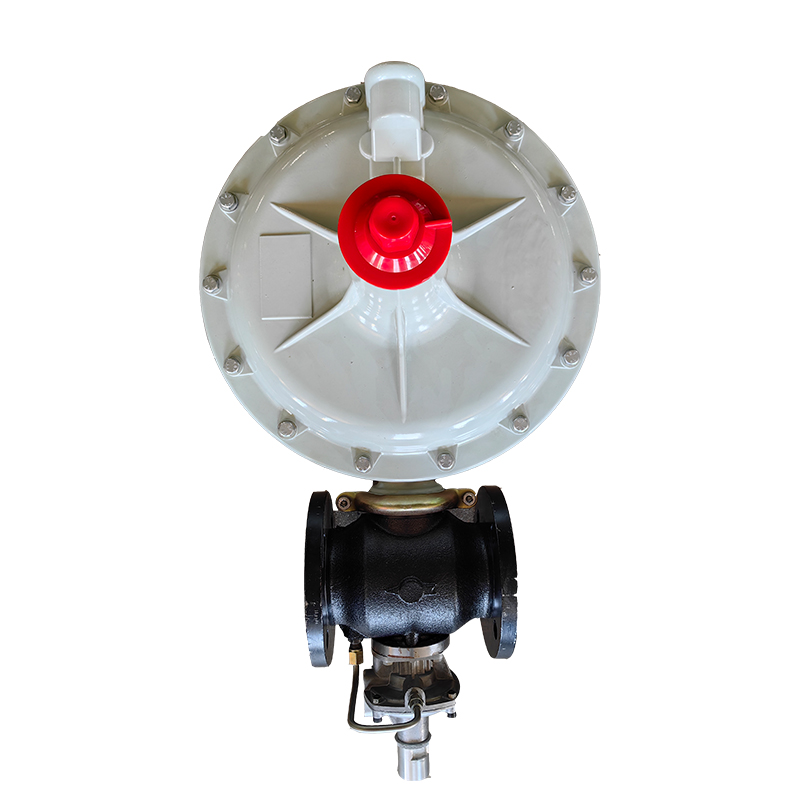
Nov . 28, 2024 05:36
Back to list
Regulating Valve Functionality and Applications in Modern Systems
The Importance and Functionality of Pressure Regulation Valves
Pressure regulation is a critical aspect of various engineering fields, including fluid dynamics, hydraulics, and process control. One of the key components in maintaining safe and efficient systems is the pressure regulation valve, commonly known as a PRV. This article delves into the significance, operation, and applications of pressure regulation valves, highlighting their essential role in various industries.
Understanding Pressure Regulation Valves
A pressure regulation valve maintains the desired pressure in a system by automatically adjusting the flow of fluids. It acts as a crucial control mechanism that ensures pressures remain within specified limits, preventing equipment damage or operational inefficiencies. These valves are commonly found in systems that utilize gases or liquids, such as water supply networks, chemical processing facilities, and air conditioning systems.
How Pressure Regulation Valves Work
At its core, a pressure regulation valve consists of a diaphragm or piston that reacts to changes in pressure within a system. When the pressure exceeds a set point, the valve adjusts the opening to allow more fluid to flow, thereby reducing the pressure. Conversely, if the pressure drops below the designated level, the valve restricts flow to maintain the necessary pressure. This self-regulating mechanism enables continuous operation without manual adjustments.
Pressure regulation valves can be categorized into different types, including direct-acting valves, pilot-operated valves, and electronic pressure regulators. Each type has its own unique mechanism, making it suitable for various applications based on specific operational requirements.
.
1. Water Supply Systems In municipal water supply networks, pressure regulation valves are crucial for maintaining consistent water pressure for residential and commercial use. They help to prevent pipe bursts and water wastage by ensuring the pressure stays within the safe operating range.
صمام تنظيم

2. Chemical Processing In the chemical industry, maintaining precise pressure levels is vital for safety and process efficiency. Pressure regulation valves control the flow of reactants and ensure that the system operates without exceeding safety limits, thereby minimizing the risk of hazardous incidents.
3. Oil and Gas Industry The exploration and extraction of oil and natural gas involve high-pressure systems where PRVs play a significant role in safeguarding equipment and ensuring safe operations. They help in regulating pressure during drilling, production, and transportation of hydrocarbons.
4. HVAC Systems In heating, ventilation, and air conditioning (HVAC) systems, pressure regulation valves maintain a stable pressure in refrigerant circuits. This stability is essential for the efficiency of the system, ensuring optimal performance and energy savings.
5. Medical Equipment In the medical field, precision is crucial. Pressure regulation valves are used in various medical devices, including ventilators and anesthesia equipment, to ensure that gases are delivered at the correct pressures for patient safety.
Benefits of Using Pressure Regulation Valves
The implementation of pressure regulation valves offers several advantages
- Safety By maintaining appropriate pressure levels, these valves help prevent equipment failures, leaks, and catastrophic incidents. - Efficiency By ensuring that systems operate at optimal pressures, they help in reducing energy consumption and prolonging the life of machinery. - Cost-Effectiveness Preventing damage and inefficiencies translates to reduced maintenance costs and fewer operational interruptions, leading to overall savings for businesses.
Conclusion
Pressure regulation valves are indispensable components across various industries, ensuring safety, efficiency, and reliability in fluid management systems. Understanding their functionality and application can help engineers and operators utilize these devices to their fullest potential. As technology continues to evolve, pressure regulation valves will likely incorporate advanced features, such as smart controls and automated monitoring, enhancing their effectiveness in an increasingly complex industrial landscape. Their role, however, will remain crucial in maintaining the integrity and performance of essential systems.
Latest news
-
Safety Valve Spring-Loaded Design Overpressure ProtectionNewsJul.25,2025
-
Precision Voltage Regulator AC5 Accuracy Grade PerformanceNewsJul.25,2025
-
Natural Gas Pressure Regulating Skid Industrial Pipeline ApplicationsNewsJul.25,2025
-
Natural Gas Filter Stainless Steel Mesh Element DesignNewsJul.25,2025
-
Gas Pressure Regulator Valve Direct-Acting Spring-Loaded DesignNewsJul.25,2025
-
Decompression Equipment Multi-Stage Heat Exchange System DesignNewsJul.25,2025

